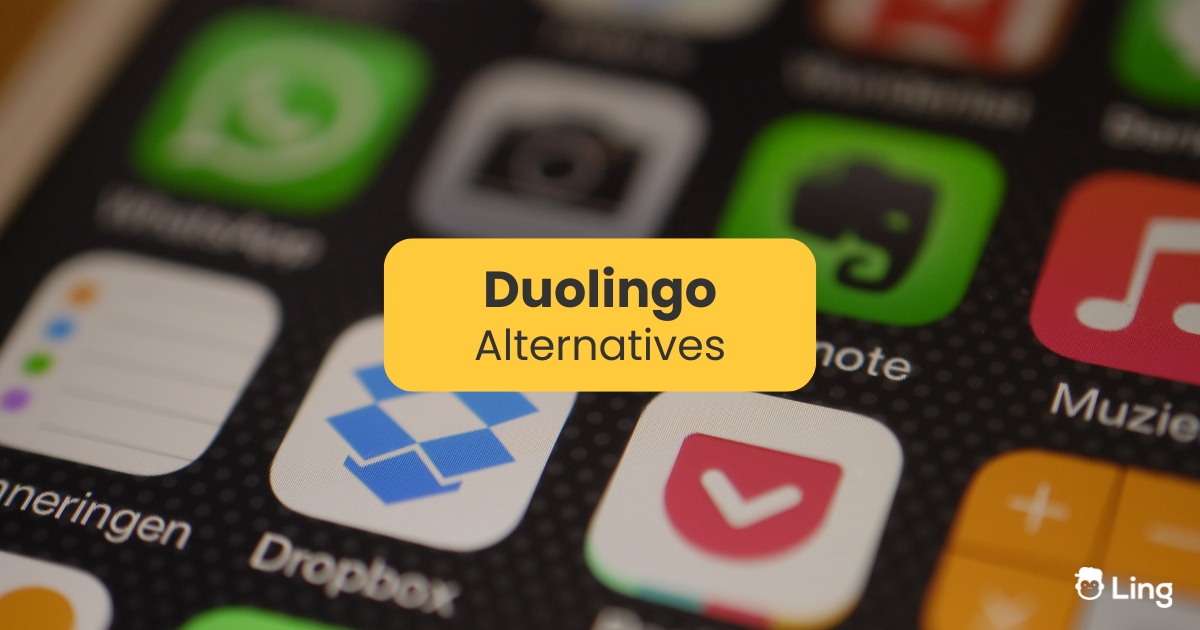As the modern workplace continues to evolve, organizations are faced with the challenge of creating environments that are not only efficient and collaborative but also safe. Social distancing—once a temporary solution during a public health crisis—has become a long-term strategy for employee wellness in many shared workspaces. One of the most effective ways to enforce social distancing without disrupting productivity is through the use of desk-booking tools.
These platforms allow companies to manage workspace occupancy dynamically, offering precise control over how and where employees work within the office. Let’s explore how desk-booking tools play a vital role in maintaining safe distances, reducing the risk of overcrowding, and boosting employee confidence in shared environments.
Table of Contents
Toggle1. Controlled Capacity and Desk Spacing
A major challenge in shared workspaces is preventing overcrowding, especially in open-plan offices. Without a clear system, employees might inadvertently sit too close to one another, compromising the recommended physical distancing guidelines.
Desk-booking software solves this by allowing administrators to:
- Set capacity limits: Managers can control the number of bookable desks per day, effectively capping office occupancy.
- Configure buffer zones: Desks can be made unbookable to maintain a minimum distance between occupied workstations, automatically creating space between users.
- Customize layouts for distancing: With visual tools like interactive floor plans, facilities teams can mark safe zones, restrict traffic flow, or redesign seating arrangements for optimal distancing.
2. Contact Tracing and Usage Tracking
In shared workspaces, being able to trace interactions and usage history is essential in the event of a reported illness. Desk-booking platforms keep a digital record of who sat where and when, providing valuable data for quick, effective contact tracing.
Here’s how it works:
- Employee check-in logs capture desk reservations and arrival times, enabling organizations to identify potentially exposed individuals.
- Desk histories show prior usage, allowing for proactive sanitization protocols between bookings.
- Exportable reports make it easy to support health audits or comply with local regulations.
Having a system like desk booking software for hybrid work in place ensures that any necessary response can be both swift and data-driven—without compromising employee privacy.
3. Scheduled Rotations and Hybrid Work Policies
Desk-booking tools also support hybrid work environments, where employees split time between the office and remote locations. This flexibility is crucial for minimizing on-site density while keeping teams engaged and connected.
With a robust desk reservation system, organizations can:
- Create staggered schedules where employees alternate in-office days.
- Assign rotating desk groups to reduce repeated interactions between the same individuals.
- Allow advance booking so team members can plan their in-office presence while staying within distancing guidelines.
By encouraging staggered attendance through a user-friendly booking platform, companies reduce foot traffic during peak hours and allow for safe, manageable workspace use.
- Boosting Employee Confidence and Wellbeing
A safe environment goes beyond policy—it impacts how people feel about being in the office. When employees can visually see where they’ll be sitting, how far they’ll be from others, and whether the workspace has been used recently, it fosters trust and reduces anxiety.
Desk-booking tools contribute to this peace of mind by:
- Providing transparency on who is working where and when.
- Offering reassurance that distancing measures are in place and consistently enforced.
- Creating a sense of control, as staff can choose seats based on their comfort level with spacing and proximity.
In this way, desk-booking systems not only support operational safety but also employee mental wellness—an essential component of any post-pandemic workplace strategy.
Final Thoughts
As companies continue to balance flexibility, collaboration, and safety in shared workspaces, desk-booking tools are proving indispensable. From spacing out desks and controlling capacity to enabling contact tracing and boosting confidence, these platforms help enforce social distancing protocols without sacrificing productivity.
Incorporating a solution like smart desk booking solutions ensures that your organization is not only prepared for today’s needs but is future-proofing its approach to workspace management. Whether you’re operating with a small team or managing multiple office floors, digital desk booking provides the agility and insight you need to keep your environment safe and efficient.



